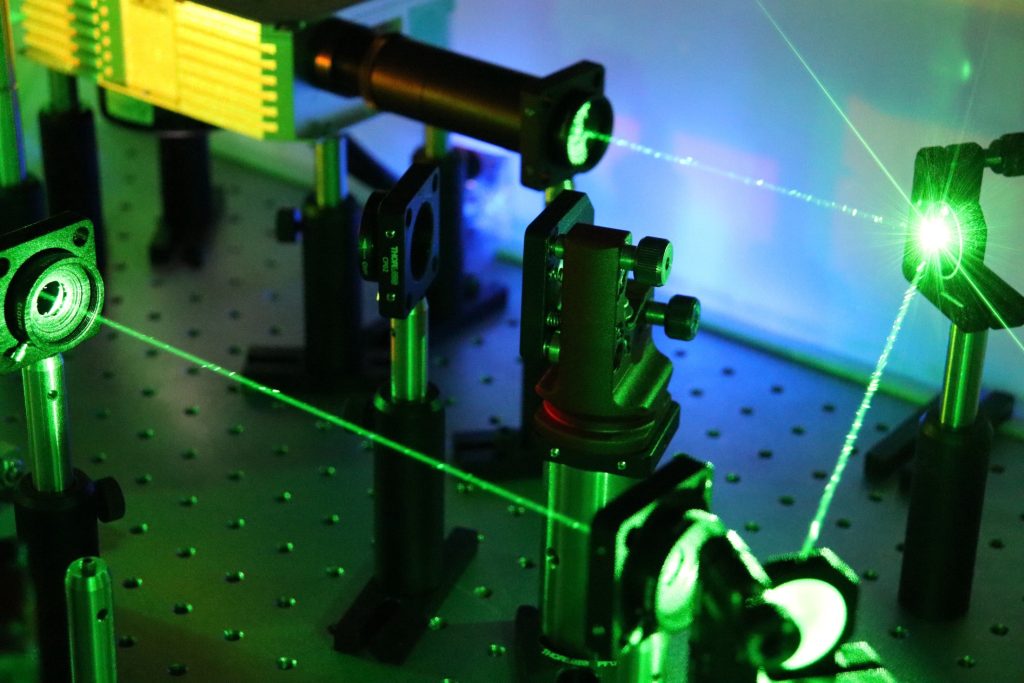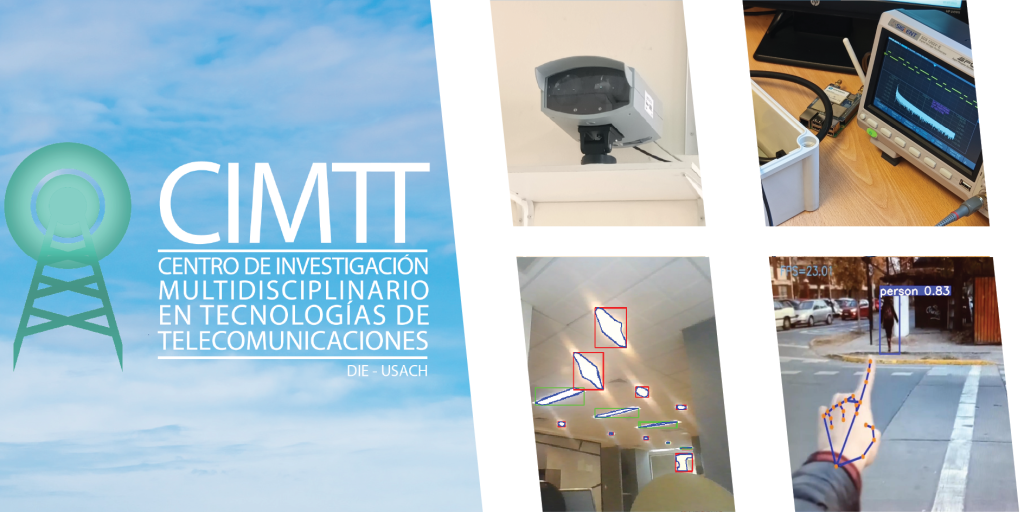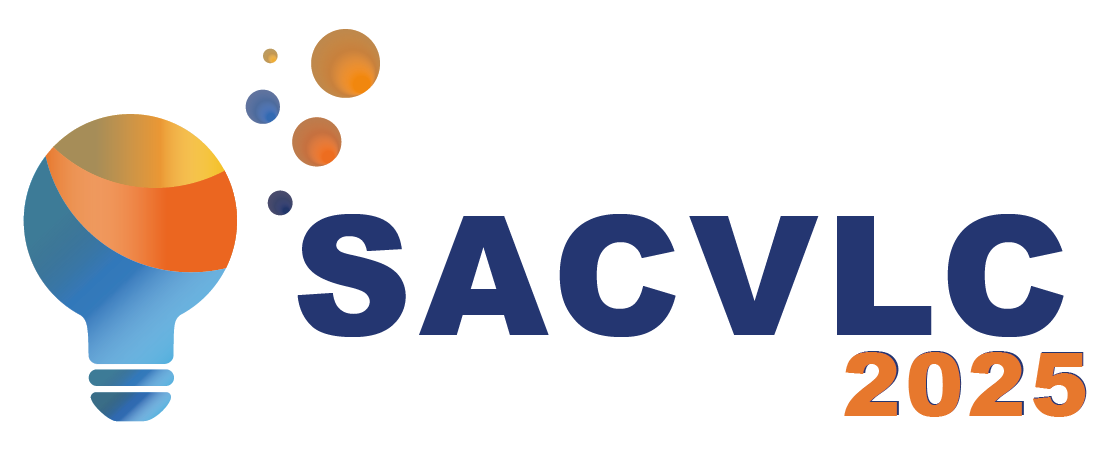Free Space Optical Wireless Communications Latin America
MIRO

The Millennium Institute for Research in Optics conducts scientific research of excellence associated with light phenomena, optical communication, and quantum information. Through a network of laboratories established throughout the country, and with last generation equipment, MIRO researchers tackle challenging experiments and support the training of new generations of scientists on the frontier of knowledge. MIRO was founded in 2018, thanks to the Millennium Initiative program of the National Research and Development Agency of the Ministry of Science, Technology, and Innovation of Chile and currently has ten Principal Investigators leading different labs and research groups within five universities. This host universities are: Universidad de Concepción, Universidad de Chile, Universidad de los Andes, Universidad de Santiago and Pontificia Universidad Católica de Chile.
MIRO’s lines of research are:
Quantum light: MIRO is devoted to the theoretical and experimental study of quantum optics, and its role in realizing quantum information protocols and fundamental characteristics of quantum physics.
Optical Communications: involves the generation of light beams that are twisted in space and that allow us to communicate through free space without distortions.
Novel Light Sources: MIRO studies the design, synthesis, and optical characterization of nonlinear organic crystals for applications to second-order nonlinear optics.
Optical Networks and Pattern Formation: involves fundamental research in the study of interactions between light and matter and applied research in innovative areas of future technologies.
CIMTT
The purpose of the Multidisciplinary Research Center for Telecommunications Technologies (CIMTT) is to contribute to the development of the country by generating basic and applied research, training engineers and developing new technologies.
We generate multidisciplinaty work teams, favoring the crossing of knowledge for a greater impact in different areas, giving way to research and solutions based on telecommunications, machine learning and the analysis of large amounts of data.
Last Research
The feasibility of improving communications in an underground mining environment with an optimized quantum
genetic algorithm are studied in the experiment.
The experimental system has the following steps:
Step 1: data acquisition from humidity, gas, temperature, and pressure sensors.
Step 2: Optimization of the Quantum Genetic Algorithms.

Espacio 5G

The initiative, developed by the Faculty of Physical and Mathematical Sciences (FCFM) in conjunction with the Government, Entel and Ericsson, is a space dedicated to research, teaching, exploration and development of programs and applications around the new 5G network. This development is part of the 5G National Observatory, a government initiative supported by the IDB, which seeks to promote collaboration in the digital ecosystem in Chile for research, development and dissemination of knowledge around this new technology.
